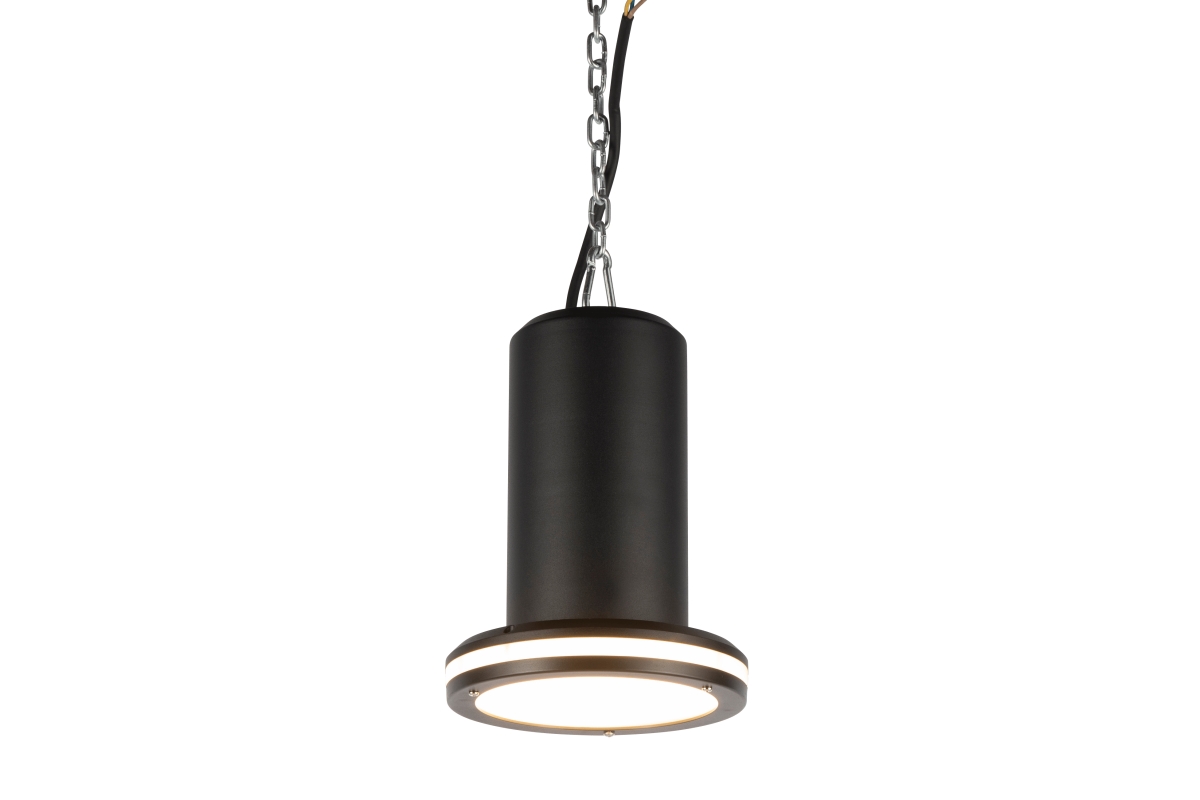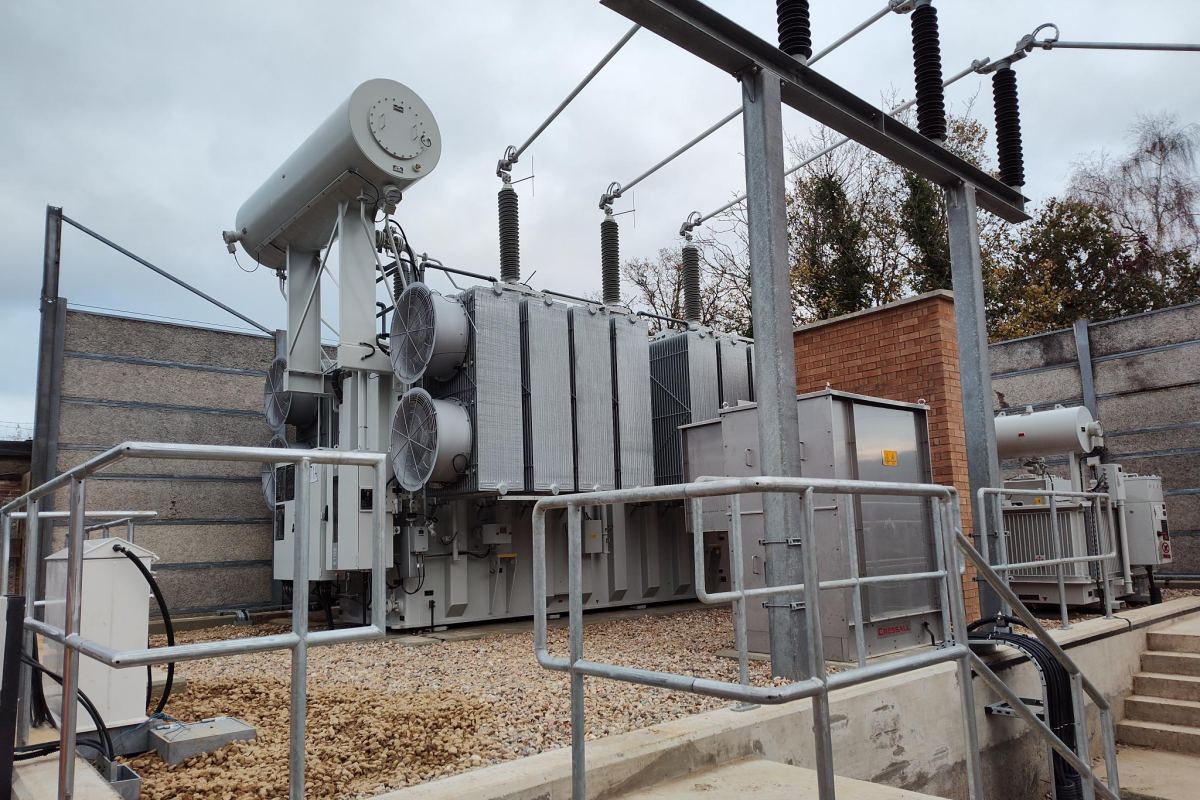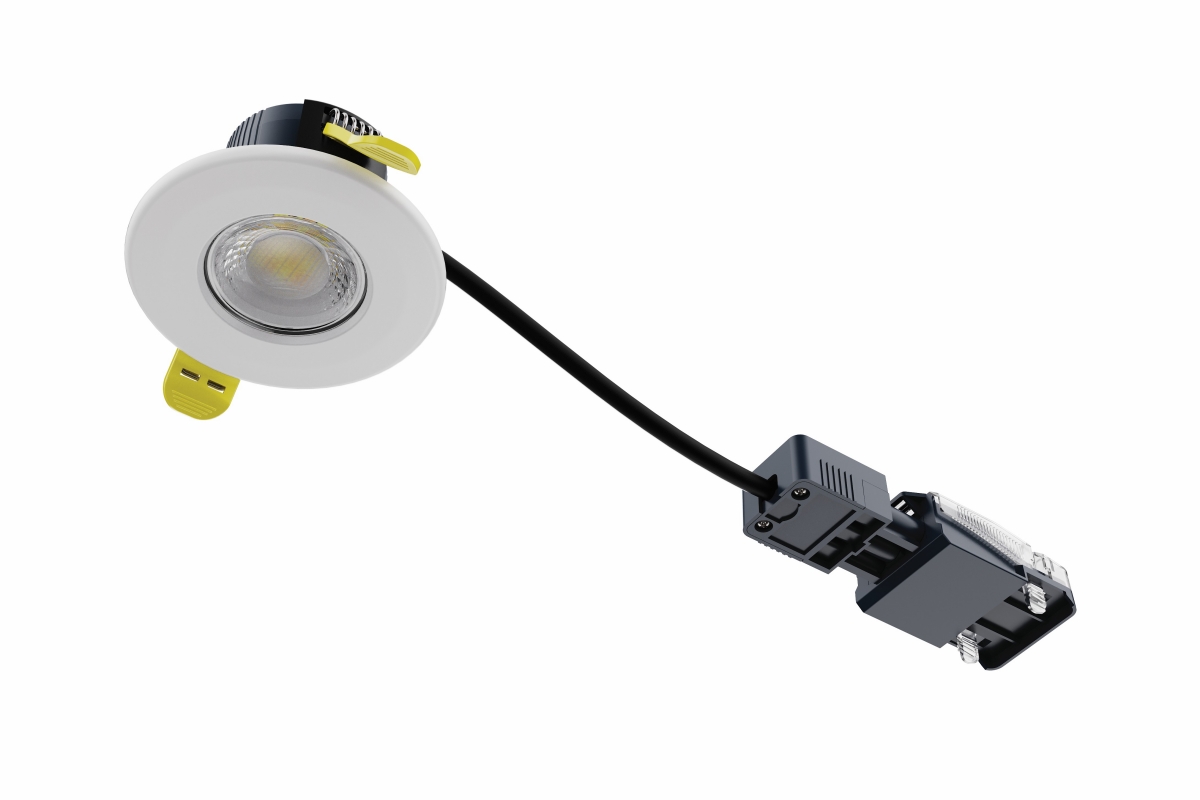Industry News
News
Trade Event
Aico’s Community Awards to return in 2026
Aico, a manufacturer of residential fire and carbon monoxide detection products, is bringing back its biennial Community Awards, set to take place at The International Convention Centre in Birmingham on 16 April 2026.
The event celebrates excellence and inspirational achievements from across the UK housing industry, honouring those making a real difference in their communities.
Open to all, Aico’s Community Awards provides entrants the opportunity to showcase inspirational colleagues, projects, and innovations from the housing sector.
The last awards, held in 2024, raised over £9,000 for the Electrical Industries Charity (EIC), with Aico matching the donation to result in a total contribution of £18,000. Since 1905, the charity has offered vital support to those who work within the electrical and energy industries.
Next year’s ceremony will welcome over 450 guests, including the inspirational finalists from all award categories.
Continuing its support for the EIC, the evening will feature a formal dinner, guest speakers, and live entertainment, all hosted by Carl Jones from SBLTV.
“We’re proud to bring the Community Awards back for 2026,” says Neal Hooper, Managing Director at Aico. “These awards are about recognising the real difference individuals and organisations make every day in improving lives and communities across the UK.”
New for 2026, the People’s Choice Award introduces an exciting interactive element to the evening.
This special category will be voted for exclusively by attendees on the night, giving guests the chance to play a direct role in recognising excellence.
Award categories
The 13 other award categories outlined below are now open to enter by either groups or individuals from across the UK. All entries must be submitted by 20 February 2026.
• Corporate Social Responsibility Initiative
• Neighbourhood Transformation
• Resident Engagement
• Lifetime Achievement Award
• Woman in Fire Safety Award
• College Initiative of the Year
• Rising Star Award
• Electrical Contractor of the Year
• Inspirational Colleague of the Year
• Sustainability Project of the Year
• Best Distributor Community Initiative
• Collaborative Partnership
• Apprentice of the Year
Previous Woman in Fire Safety Award winner Georgina Homer, from Wolverhampton Homes, was commended for her passion and dedication to resident engagement.
Georgina commented, “I am thrilled to win this award and incredibly humbled to be in this position, a moment I’m going to remember for a very long time.”
Marc Redfern, Managing Director of Service Electrical Distributors and winner of Best Distributor Community Initiative, added, “We don’t do social value to win awards; we do social value to give back to people who are less fortunate.
"To get recognised for what we do is probably one of my proudest moments in business.”
Don’t miss the chance to be a part of this celebration of excellence, community spirit, and innovation. Submit your entries by 20 February 2026 and join Aico alongside professionals from across the housing industry.
For more from Aico, click here.
Joe Peck - 16 December 2025











